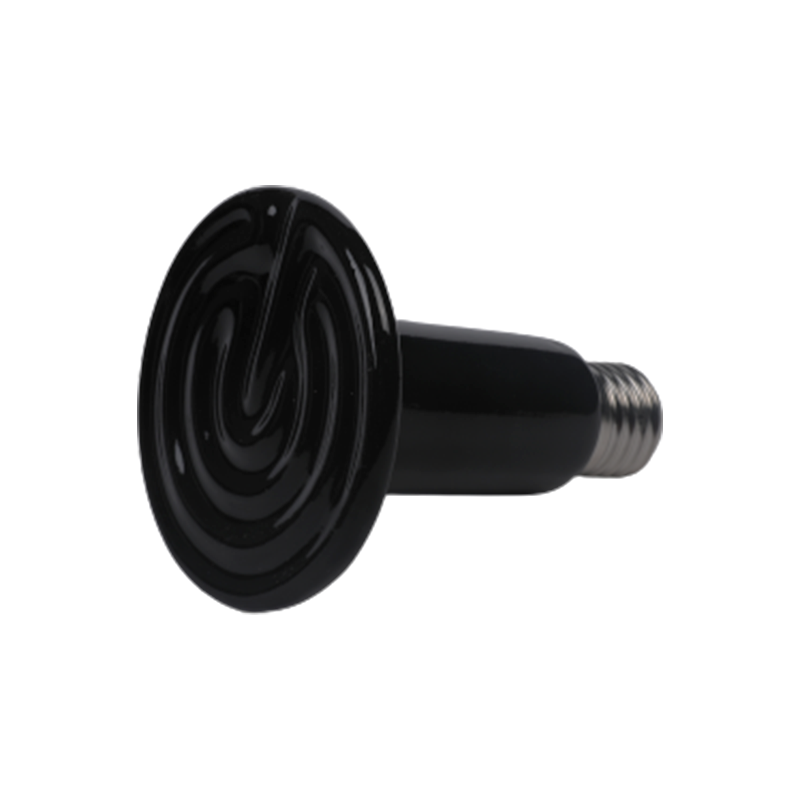Ceramic heat lamp are generally suitable for use in damp or humid environments. Ceramic heat lamps are made of a durable material that can withstand moisture and humidity without being affected. They are commonly used in reptile enclosures, terrariums, and other similar setups that require heat and humidity control.
However, it's important to note that the electrical components and connections of the heat lamp should be properly installed and protected to ensure safety in these environments. Moisture can potentially affect the electrical components and cause malfunctions or even pose a risk of electric shock.

To ensure the safe use of a ceramic heat lamp in a damp or humid environment, here are a few recommendations:
Choose a heat lamp specifically designed for use in such environments. Look for products that are labeled as moisture-resistant or suitable for high-humidity conditions.
Ensure that the heat lamp is installed securely and protected from direct exposure to water or excessive moisture. Follow the manufacturer's instructions for proper installation.
Regularly inspect the heat lamp and its connections to ensure there are no signs of damage or corrosion. If you notice any issues, discontinue use and replace the lamp if necessary.
Use a suitable enclosure or fixture that provides additional protection against moisture. This can help prevent water from coming into direct contact with the heat lamp.
Consider using a ground fault circuit interrupter (GFCI) outlet for added safety. GFCI outlets are designed to quickly shut off power in the event of a ground fault or electrical leakage, reducing the risk of electric shock.
Always prioritize safety when using electrical appliances in damp or humid environments. If you have any concerns or specific questions about a particular heat lamp, it's best to consult the manufacturer or a qualified electrician for further guidance.
